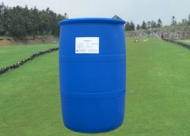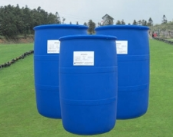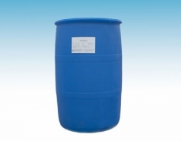Surfactants for oil displacement can be divided into non-ionic and ionic types. In order to enhance the performance of surfactants, scientists have studied a series of new surfactants, such as non-ionic-anionic surfactants, fluorine surfactants, Gemini surfactants, biological surfactants and so on. These new surfactants not only have good surface activity, but also have the properties of temperature resistance and salt resistance. At present, surfactants still have some problems, such as complex synthesis process, high cost and insufficient application. In order to solve these problems, it is necessary to improve the molecular structure of surfactants or to mix them with alkali and polymer to become a potential oil displacement method.

In the process of tertiary oil recovery, adding a certain amount of surfactant in injection water can reduce the interfacial tension between oil and water, thus displace the residual oil of water drive, further reduce the remaining oil saturation and improve the oil displacement efficiency. The lower the interfacial tension is, the greater the extent of reducing remaining oil saturation is, and the greater the extent of improving oil displacement efficiency and recovery factor is. The oil displacement mechanism of surfactants can be divided into the following aspects:
(1) The mechanism of reducing oil-water interfacial tension.
Increasing oil washing efficiency is usually achieved by increasing capillary number, and reducing oil-water interfacial tension is the main way to increase capillary number. The smaller the interfacial tension between oil and water, the larger the capillary number, the smaller the residual oil saturation and the higher the displacement efficiency.

(2) Emulsification mechanism.
Surfactant system has strong emulsifying ability for crude oil. Under the condition of water-oil two-phase flow shear, crude oil on rock surface can be dispersed and peeled quickly to form oil-in-water (O/W) emulsion, thus improving the fluidity ratio of oil-water two-phase and increasing sweep coefficient.

(3) The mechanism of coalescence and formation of oil belt.
If more and more oil is washed off the surface of the formation, they collide with each other as they move forward. When the energy of the collision overcomes the electrostatic repulsion between them, it gathers. Oil accumulation can form an oil belt, which, when moving forward, encounters dispersed oil accumulation, expands the oil belt and then recovers from the oil well.